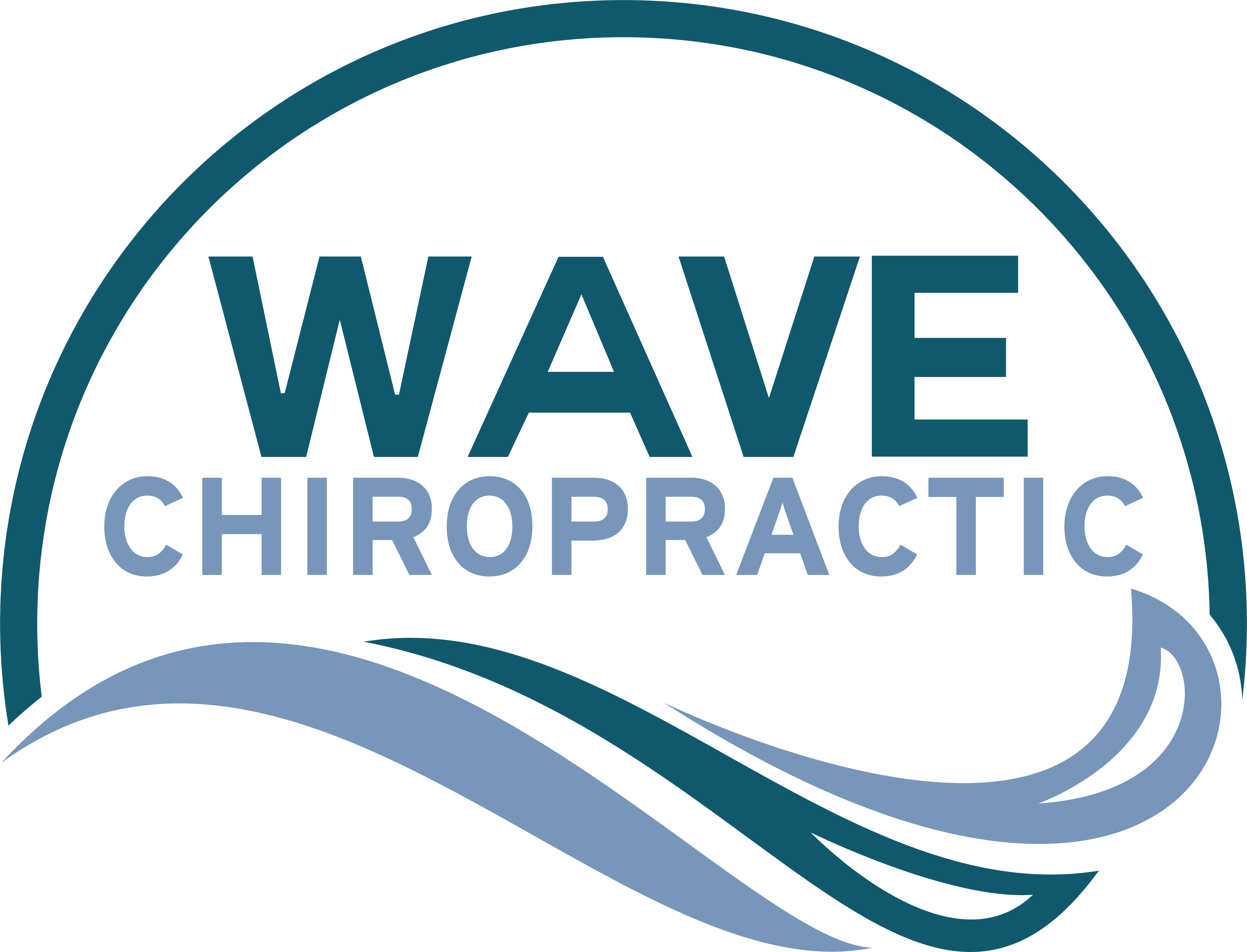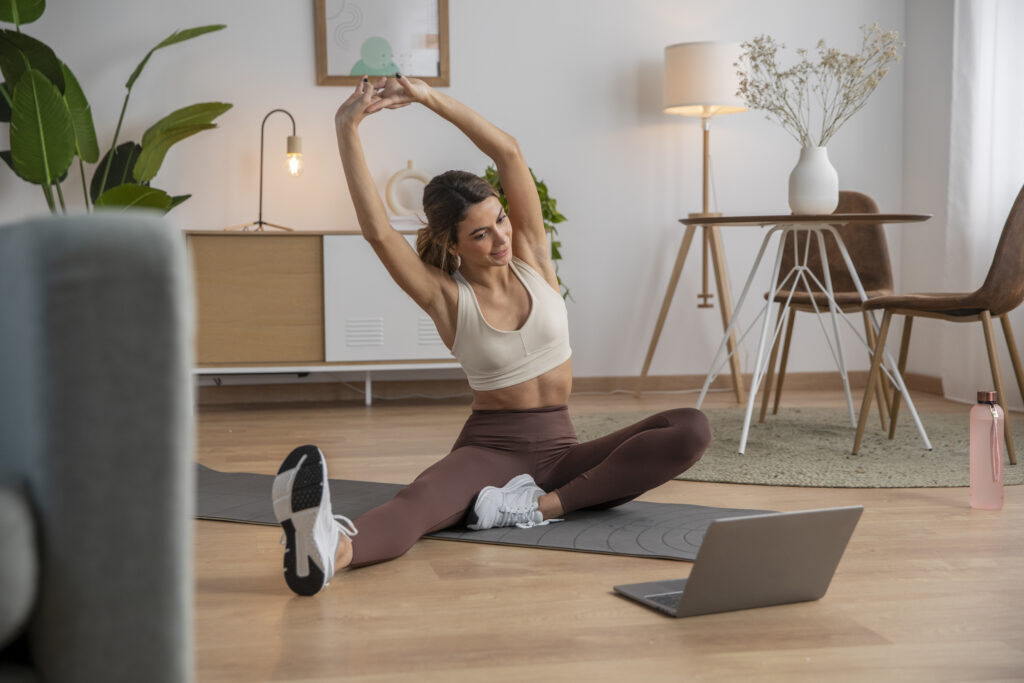If you're struggling with lower back pain, you're not alone, and finding effective relief can seem overwhelming. You might not realize that simple changes in your routine can make a significant difference. From targeted stretching to maintaining proper posture, there are practical strategies you can adopt. Adding core-strengthening workouts and utilizing heat and cold therapy can further enhance your efforts. And don't overlook the value of professional treatments when needed. Curious about how these methods come together to provide lasting relief? Let's explore each approach in more detail.
Stretching Exercises
Stretching exercises can play an essential role in alleviating lower back pain, especially if you incorporate them into your daily routine. By regularly stretching, you can improve flexibility, strengthen muscles, and enhance blood circulation in your lower back. This not only helps reduce discomfort but also prevents future pain.
Start with gentle stretches like the knee-to-chest stretch. While lying on your back, pull one knee toward your chest, hold for 15-30 seconds, then switch legs. This simple move can relieve tension in your lower back.
Another effective stretch is the cat-cow stretch. Get on your hands and knees, arch your back while inhaling, and then round it while exhaling. Repeat this several times to promote spinal flexibility.
You might also try the seated forward bend. Sit with your legs extended in front of you, reach for your toes, and hold the stretch for 15-30 seconds. This helps to elongate the spine and stretch the hamstrings, which can impact lower back tension.
Incorporating these stretches into your morning or evening routine can make a significant difference. Aim to dedicate just 10-15 minutes a day to these exercises. Remember, consistency is key.
If you ever feel pain during any stretch, stop immediately and consult a healthcare professional for guidance. By prioritizing stretching, you're taking an active step toward relieving your lower back pain and improving your overall well-being.
Proper Posture
Maintaining proper posture is essential for preventing and alleviating lower back pain. When you sit, stand, or move, the alignment of your body plays a vital role in how your spine and muscles feel. Poor posture can lead to unnecessary strain on your lower back, resulting in discomfort or chronic pain.
To improve your posture, start by being mindful of your body alignment throughout the day. When sitting, make sure your feet are flat on the floor, and your knees are at a 90-degree angle. Keep your back straight and shoulders relaxed, avoiding the tendency to slouch or lean forward. If you're working at a desk, consider using an ergonomic chair that supports your lower back.
When standing, distribute your weight evenly on both feet. Imagine a straight line running from your ears, shoulders, hips, knees, and ankles. This alignment helps maintain a natural curve in your spine, reducing stress on your back. Avoid locking your knees and take breaks to shift your weight, especially if you stand for long periods.
While walking, engage your core muscles and keep your head up, looking straight ahead. This promotes balance and stability, minimizing the risk of back strain.
Heat and Cold Therapy
When dealing with lower back pain, heat and cold therapy can be effective tools for relief. Each method serves a different purpose, and knowing when to use them can make a real difference in your recovery.
Heat therapy is great for relaxing tight muscles and improving blood circulation. You can use a heating pad, hot water bottle, or even take a warm bath. Applying heat for 15-20 minutes can help soothe discomfort and promote healing. Just be careful not to use it for too long, as excessive heat can cause burns.
On the other hand, cold therapy is useful for reducing inflammation and numbing sore areas. You can use an ice pack, a bag of frozen peas, or a cold compress. Applying cold therapy for 10-15 minutes can help ease swelling and dull sharp pain. Remember to wrap the ice pack in a cloth to protect your skin from frostbite.
You might find that alternating between heat and cold therapy offers the best relief. Start with cold therapy to reduce swelling, then switch to heat to relax muscles afterward.
Listen to your body, and pay attention to what feels best for you. Incorporating heat and cold therapy into your routine can be a simple yet effective way to manage lower back pain.
Just remember to give each method time to work, and don't hesitate to consult a healthcare professional if your pain persists.
Strengthening Workouts
After using heat and cold therapy to relieve your lower back pain, consider incorporating strengthening workouts into your routine. These workouts can help build the muscles supporting your spine, which is fundamental for long-term relief and prevention. Strengthening your core, back, and hip muscles improves stability and reduces strain on your lower back.
Start with basic exercises like bridges, planks, and bird-dogs. These movements engage multiple muscle groups, promoting overall strength. As you become comfortable, gradually introduce more challenging exercises, such as deadlifts or squats, while maintaining proper form. Always focus on engaging your core during these workouts, as a strong core plays a vital role in supporting your lower back.
Don't forget to include flexibility and stretching exercises. Incorporating yoga or Pilates can enhance your strength while increasing your range of motion and flexibility. Stretching tight muscles helps alleviate tension, which can further relieve lower back pain.
It's important to listen to your body. If any exercise causes discomfort or pain, stop immediately and consult a healthcare professional.
Consistency is key; aim to incorporate these workouts into your routine at least two to three times a week for best results.
Professional Treatments
If you're struggling with persistent lower back pain, seeking out professional treatments can help you manage and alleviate your discomfort. Various options are available, each tailored to address your specific needs. Here are three effective professional treatments you might consider:
- Physical Therapy: A physical therapist can develop a personalized exercise program to strengthen your back and improve flexibility. They'll teach you proper body mechanics to avoid further strain.
- Chiropractic Care: Chiropractors focus on spinal alignment and may use adjustments to relieve pain and improve mobility. Regular visits can help maintain spinal health and prevent future issues.
- Acupuncture: This ancient practice involves inserting thin needles into specific points on your body. Many find relief from lower back pain through acupuncture, as it can help reduce inflammation and promote healing.
Before committing to any treatment, it's crucial to consult with a healthcare professional. They can assess your condition, recommend the most suitable option, and monitor your progress.
Combining professional treatments with at-home care, like stretching and proper posture, can enhance your recovery. Don't hesitate to seek help; managing lower back pain is possible with the right approach.
Conclusion
Incorporating these strategies into your routine can markedly relieve lower back pain. By committing to regular stretching, maintaining good posture, using heat and cold therapy, strengthening your core, and seeking professional guidance when needed, you'll be on your way to a healthier back. Remember, consistency is key, and small changes can lead to big improvements. Don't hesitate to take charge of your back health—your body will thank you!

